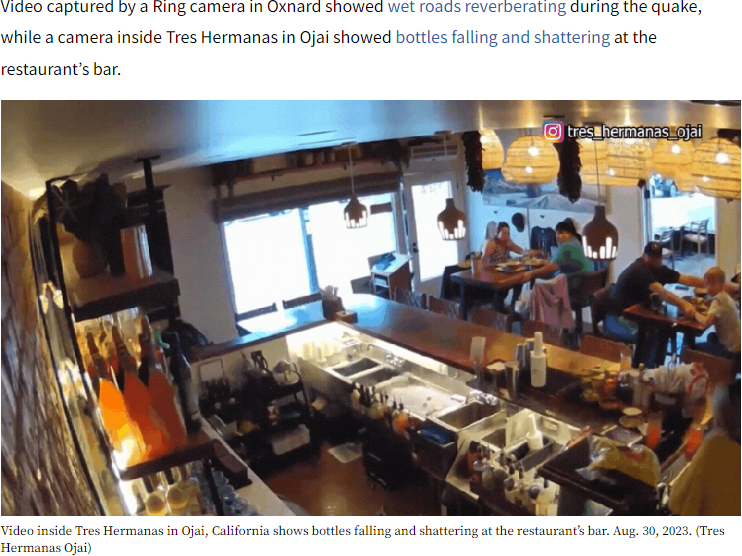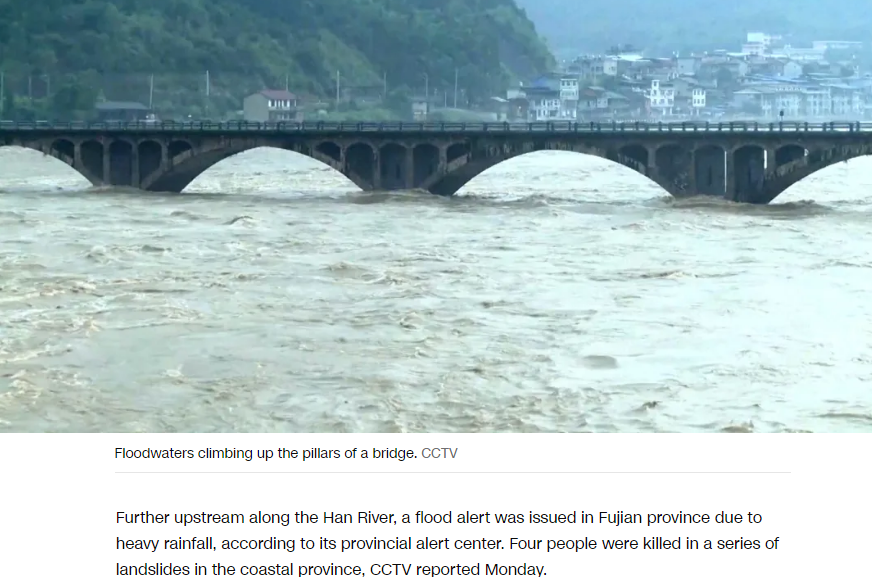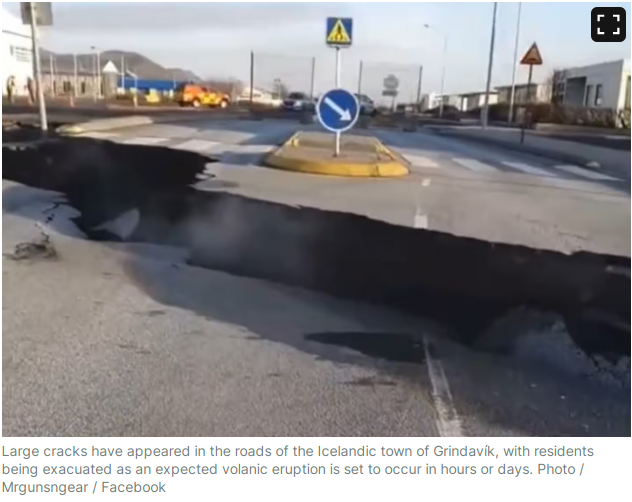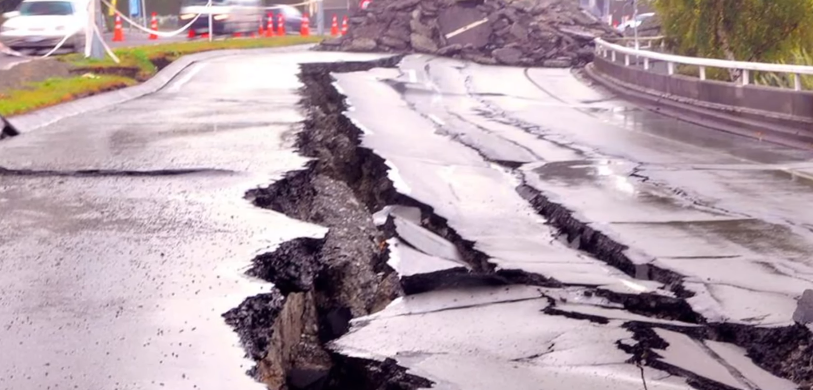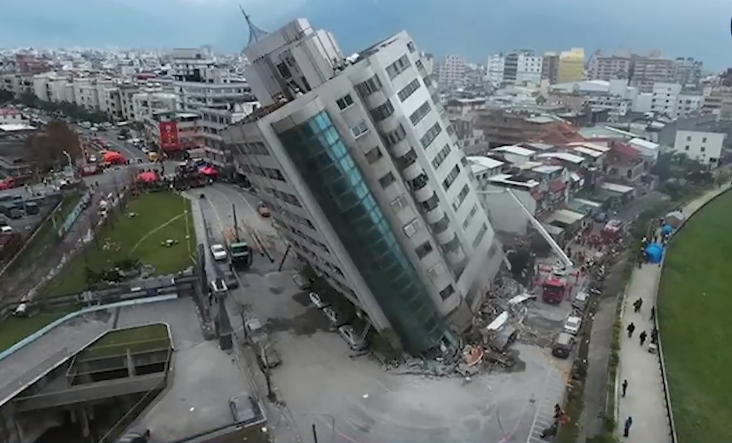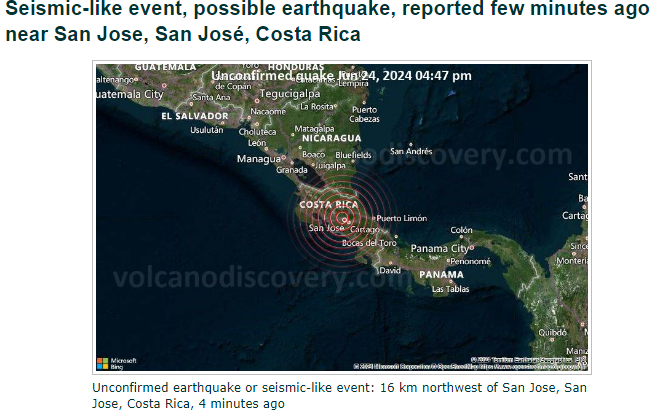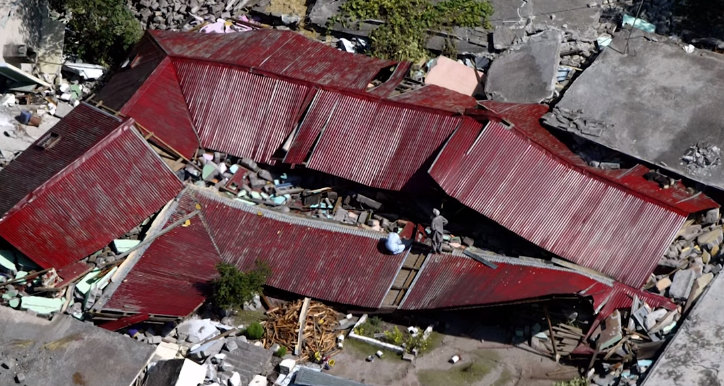Table of Contents
- Introduction
- What is a Tsunami?
- Tsunami Causes and Triggers
- Impact and Damage of Tsunamis
- Tsunami Survival and Preparedness
- Tsunami History and Notable Events
- Tsunami in Literature and Media
- Conclusion
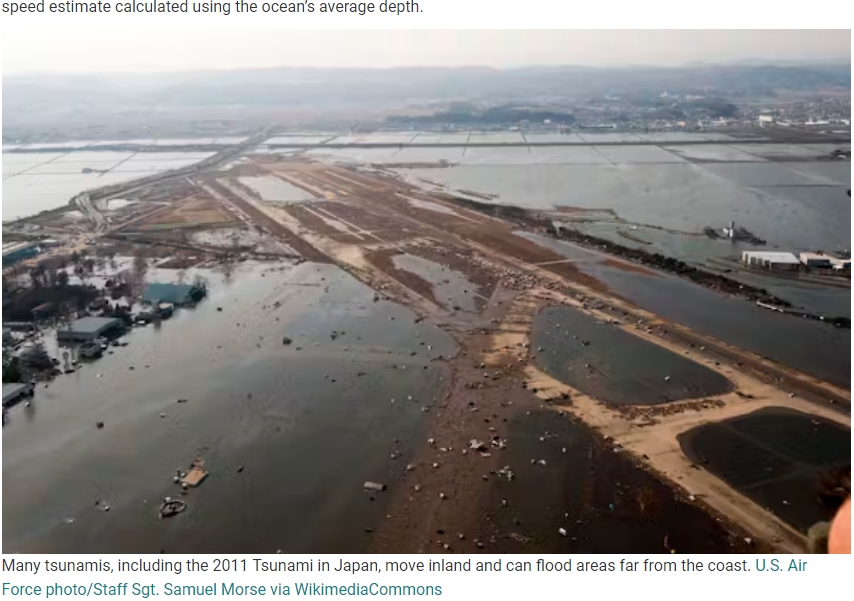
Introduction
Tsunamis are a natural phenomenon that can cause immense destruction and loss of life. These giant waves are often referred to as tidal waves, but this name is discouraged by oceanographers because tides have little to do with these giant waves.
Instead, tsunamis are caused by earthquakes, volcanic eruptions, or underwater landslides that displace large volumes of water. In this article, we will explore the science behind tsunamis, their impact on human populations, and the steps we can take to prepare for and mitigate their effects.
What is a Tsunami?
Tsunamis are a series of large waves caused by the displacement of water due to earthquakes, volcanic eruptions, or underwater landslides. They can travel at speeds of up to 500 miles per hour in the open ocean and can affect coastlines thousands of miles away from their source. While tsunamis may not be noticeable in the open ocean, they can increase in height as they approach shallow waters, causing extensive damage and loss of life.
Tsunami Causes and Triggers
Tsunamis are typically caused by earthquakes, volcanic eruptions, or underwater landslides. The earthquakes that cause tsunamis are usually of a significant magnitude, often exceeding 7.0 on the Richter scale. These earthquakes can cause the seafloor to suddenly rise or fall, displacing large volumes of water and creating a series of waves that can travel across the ocean.
Volcanic eruptions can also trigger tsunamis. When a volcano erupts underwater, it can cause a sudden displacement of water, leading to the formation of tsunami waves. Underwater landslides can also cause tsunamis, as they can displace large volumes of water and create a series of waves.
Impact and Damage of Tsunamis
Tsunamis can cause extensive damage and loss of life when they reach coastal areas. The waves can increase in height as they approach shallow waters, causing flooding and erosion. Buildings and infrastructure can be destroyed, and entire communities can be wiped out.
The 2004 Indian Ocean tsunami is a tragic example of the devastating impact of tsunamis. The tsunami was triggered by a massive undersea earthquake, and it affected coastlines in 14 countries, resulting in over 230,000 deaths.
Tsunami Survival and Preparedness
Preparing for tsunamis is crucial for communities located in coastal areas. Early warning systems, evacuation plans, and public education can help reduce the impact of tsunamis. It is essential to understand the warning signs of a tsunami, such as a sudden withdrawal of the sea or a series of strong earthquakes.
If a tsunami warning is issued, it is crucial to evacuate to higher ground immediately. Tsunamis can arrive quickly and without warning, so it is essential to act fast. It is also important to avoid returning to the coast until authorities have given the all-clear, as multiple waves can occur.
Tsunami History and Notable Events
Tsunamis have occurred throughout history, causing extensive damage and loss of life. The 2004 Indian Ocean tsunami is one of the most well-known tsunamis, but there have been many others.
In 1700, a massive tsunami struck the Pacific Northwest coast of North America, causing extensive damage and loss of life. The tsunami was triggered by a massive earthquake along the Cascadia subduction zone.
In 1960, a tsunami struck Chile, causing extensive damage and loss of life. The tsunami was triggered by a massive earthquake off the coast of Chile and affected coastlines in Hawaii, Japan, and the Philippines.
Tsunami in Literature and Media
Tsunamis have been depicted in literature and media, often as a metaphor for destruction and chaos. The 2004 Indian Ocean tsunami inspired many works of literature and film, such as “The Impossible” and “The Wave.”
In literature, tsunamis have been used to explore themes of survival, loss, and redemption. In Yann Martel’s “Life of Pi,” the protagonist survives a shipwreck and a tsunami, using the experience to find meaning and purpose in his life.
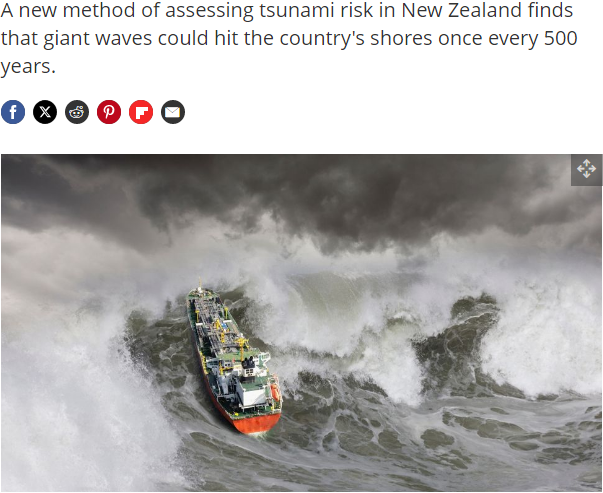
Conclusion
Tsunamis are a natural phenomenon that can cause extensive damage and loss of life. Understanding the science behind tsunamis, their impact on human populations, and the steps we can take to prepare for and mitigate their effects is crucial for communities located in coastal areas. By preparing for tsunamis, we can help reduce their impact and ensure the safety of our communities.

